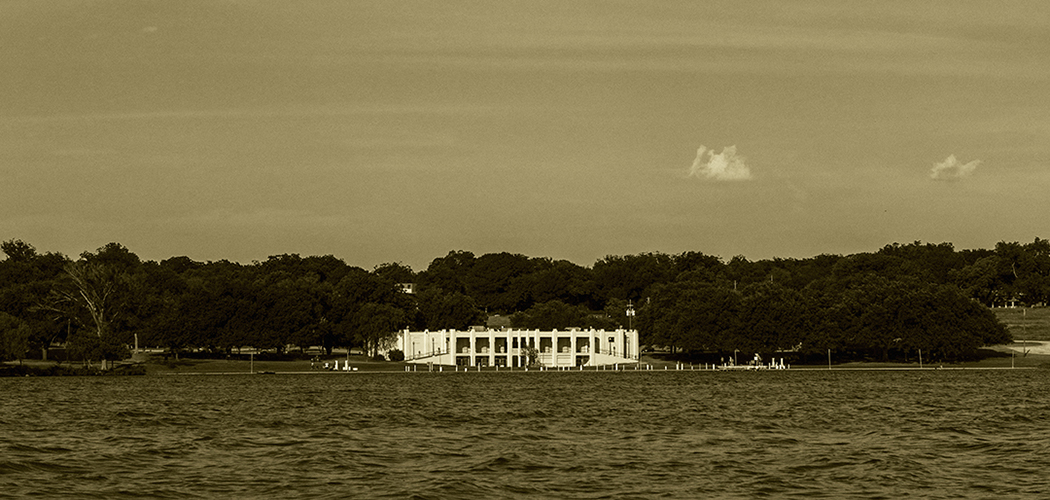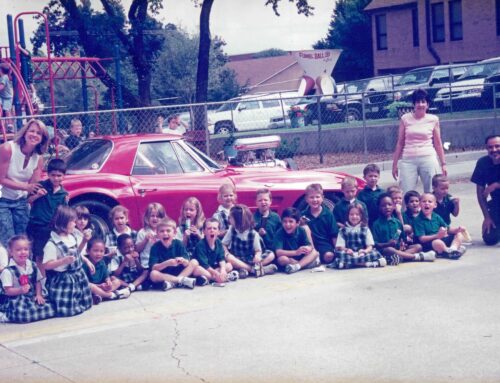It was once the spot for recreation in Dallas.
It’s 1930 and J. Waddy Tate is a happy man. Elected mayor of Dallas in a run-off the year before, he has witnessed the recent completion of Cotton Bowl stadium, squired President Calvin Coolidge around town during a visit, and reveled in praise for his pet project: the new beach at White Rock Lake. The new beach even has a bathhouse — one that would eventually evolve to become a beloved East Dallas arts venue, the Bath House Cultural Center.
Tate championed the establishment of public recreational facilities at the lake. Created in 1911 as a water source for a rapidly growing but drought-stricken Dallas, White Rock Lake quickly became a natural and popular spot for swimming, picnics, fishing and hunting.
When the city outgrew the lake’s water supply and began to use Lake Dallas (now Lewisville Lake) as a water source, the Dallas City Council wisely transferred the land to the Dallas Park and Recreation Department to maintain as a public park.
Mayor Tate ordered the construction of a bathing beach and the Municipal Bath House, as it was then known, on the east side of the lake. To create the beach (complete with sand), a 520-foot concrete slab was poured and extended 162 feet into the lake. The bathhouse, one of the first art deco-style structures in the Southwest, was designed by the Dallas architectural firm Carsey and Linske. Both beach and bathhouse opened to an enthusiastic public Aug. 9, 1930. In an era when only movie theaters and a few office buildings were air-conditioned, the citizens of Dallas sought respite from the sweltering heat. Hundreds of folks turned out to “take a dip in the cool waters of the reservoir.”
The beautiful and modern bathhouse, built at a cost of $48,100, was “state of the art,” according to Sally Rodriguez, author of the book “White Rock Lake.” “Water, sewer and electrical lines were brought out to this area for the first time,” she says.
Hard to imagine now with its steady stream of cars, runners and cyclists, but the site of the bathhouse was once a good distance out in the country. The city encouraged citizens to take the trolley line to Junius Heights, then catch the bus to the western shore. There they would be “transferred to fast motorboats for the cross-lake jaunt to the bathing beach.”
After paying admission fees — 25 cents for adults, 15 cents for children — folks proceeded to the bathhouse, where they could change clothes and store belongings in lockers. No bathing suit? No problem. Step right up to the bathing suit rental counter. But you might have to wait a few minutes for a dripping suit to be returned by a previous swimmer.
Author and speaker Rose-Mary Rumbley says, “I remember it well. It was Depression [era] and not everyone could afford a bathing suit, so they rented them.” Rumbley notes that there is a photo of a swimmer in a rented suit in her book, “Dallas Too.”
All that swimming worked up an appetite. The concession stand in the basement of the bath house served burgers, hot dogs and soft drinks and maintained a constant line of customers, not only beachgoers, but also people from neighboring farm houses. With no restaurants or grocery stores for miles, the stand was one of the few food sources for them.
Upstairs, the bathhouse balcony provided a great view. Visitors might spot the Bonnie Barge, popular for afternoon and moonlight cruises. Music drifted up from the pavilion (no longer there) where Baby Lowry and the Rhythm Sweethearts played. And it was a great spot to watch the “Miss Dallas” beauty pageant down on the beach, an event once judged by none other than Tarzan actor Johnny Weissmuller. (Google him, kids.)
When it was time to go, most headed to the showers. The water was chlorinated each night by a four-cylinder motorboat that crisscrossed the swimming area, but it was still lake water, so a shower was a wise move.
The beach with its lovely bathhouse continued to be wildly popular until 1953 when another drought hit Dallas. White Rock Lake was needed for drinking water, so the city banned swimming in the lake. By the time the drought was over, Dallas had begun building modern neighborhood swimming pools, such as Tietze Pool, and never reopened the lake for bathing.
The beautiful art deco building that was once the pride of East Dallas sat empty and neglected until 1979, when the City of Dallas began work to restore and renovate the old bathhouse. Christened Bath House Cultural Center, it reopened two years later with a black box theater, three art galleries and the White Rock Lake Museum. Where swimmers once showered, patrons now enjoy events like art shows, theater productions and poetry readings.
J. Waddy Tate likely would be pleased.






